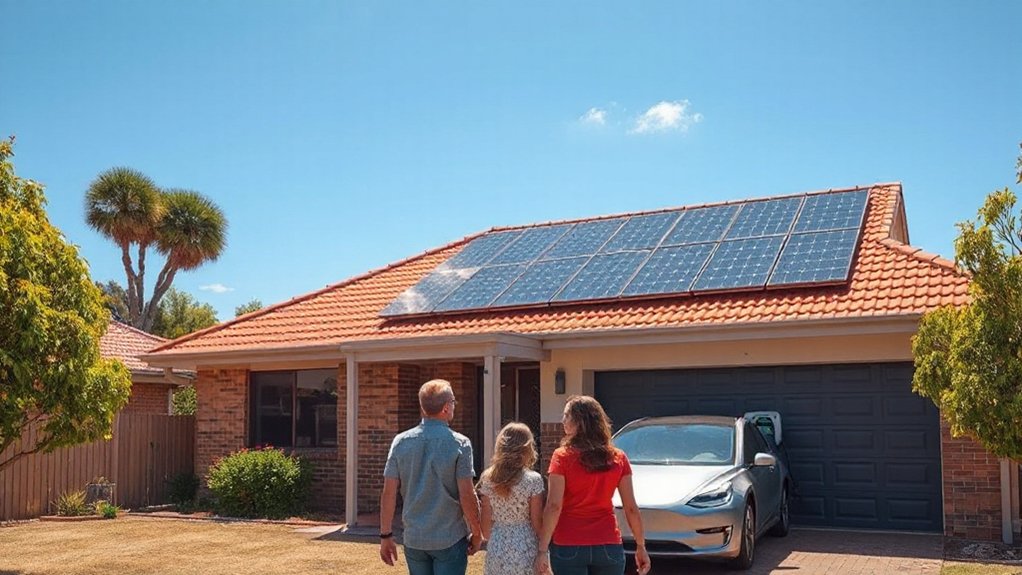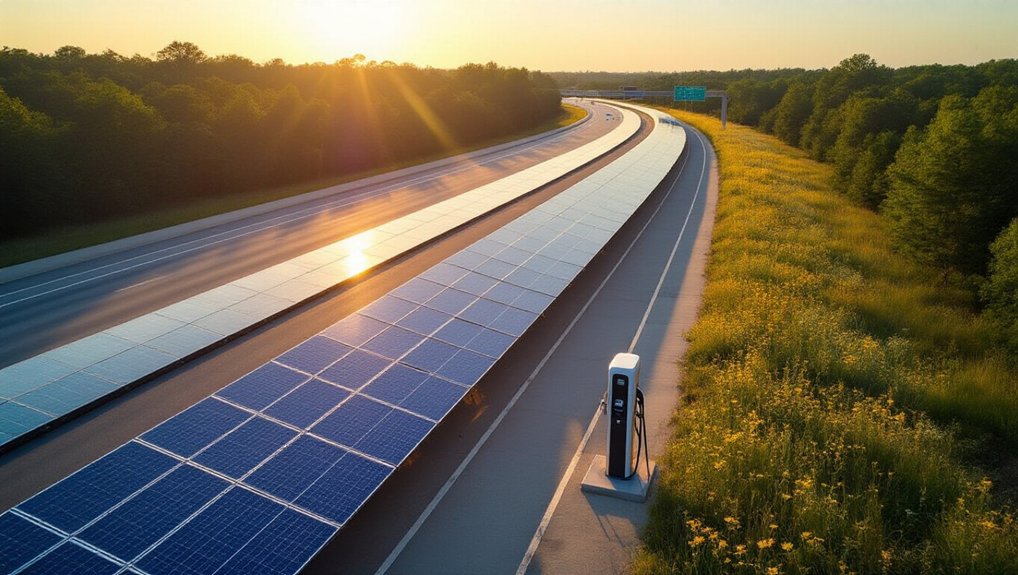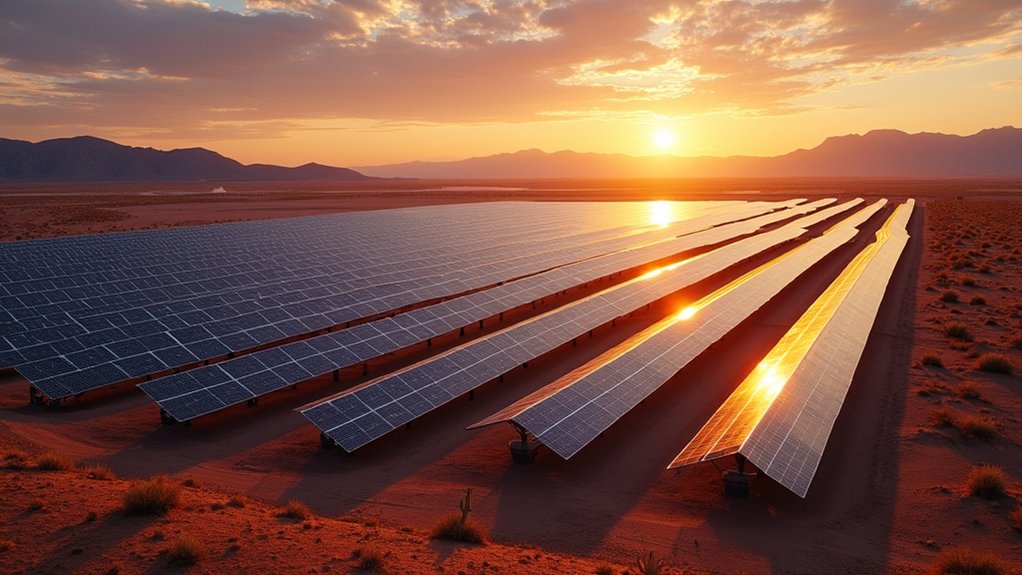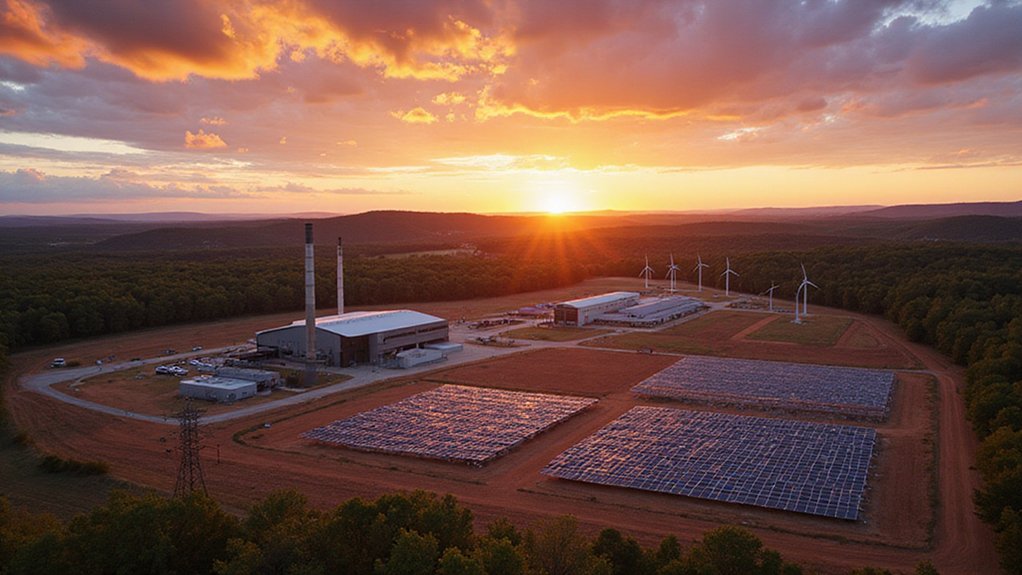Millions of Aussie households are about to catch a major break on their electricity bills. The federal government has announced a groundbreaking mandate requiring energy retailers to offer three hours of free electricity daily. No, that’s not a typo. Free power, every single day.
The scheme kicks off in July 2026 and targets homes in Southeast Queensland, New South Wales, and South Australia initially. Why just those states? Who knows. Bureaucracy works in mysterious ways. The only catch – if you want to call it that – is needing a smart meter installed. Small price to pay for free juice.
Starting July 2026: Free power hits eastern states. Just need a smart meter. Bureaucracy’s gift horse – don’t inspect its mouth.
This isn’t just for solar panel owners, either. Renters rejoice! Anyone with a smart meter in the eligible regions can opt in through their default market offer. No hidden fees or complicated contracts. Just sign up and start saving.
The timing makes perfect sense. Australia has rooftop solar panels everywhere these days, creating massive amounts of unused power during peak daylight hours. All that excess energy goes to waste. Now it’ll power your dishwasher instead.
Energy retailers aren’t doing this out of the goodness of their hearts. The government’s making them. They’ll need to get their systems ready by mid-2026 when the mandate takes effect. Bet they’re thrilled about that deadline.
For households, the math is simple. Three hours of free electricity every day adds up fast. Run your washing machine, charge your devices, or blast the air con – all without touching your wallet. Pretty sweet deal.
The government’s watching closely to see how it all unfolds. If successful, other regions might join the party. It’s part of Australia’s broader push toward renewable energy and making electricity more affordable for everyone.
Smart meter installations will likely skyrocket as the deadline approaches. Nothing motivates Australians like free stuff. And in this economy? Free power might be the best news we’ve had in years.
This initiative aligns with the global trend where renewable capacity growth surged 50% in 2023, with solar power leading the charge worldwide.









